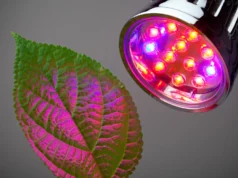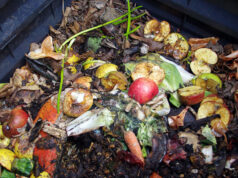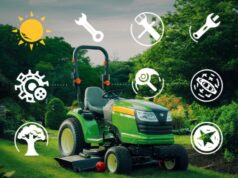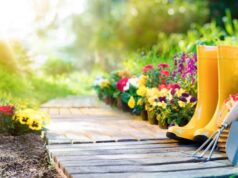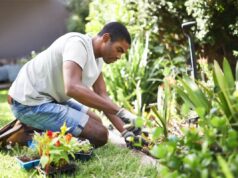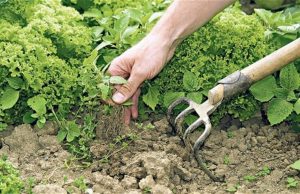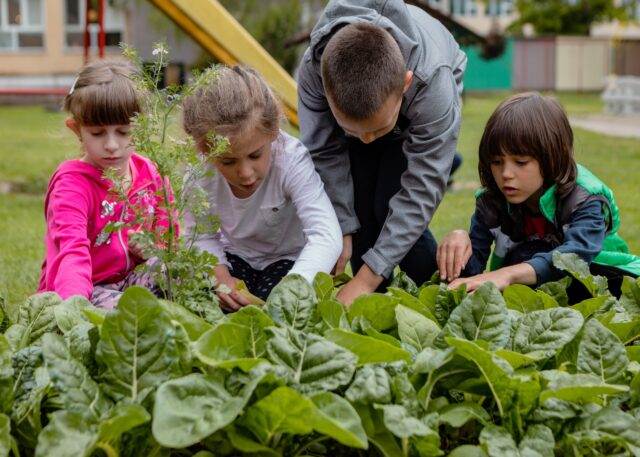
Children can benefit from gardening in many ways, including the development of sensory and motor abilities; an appreciation for nature; and the promotion of healthy eating habits.
The benefits of spending time in nature are well-known, but did you realize that even basic gardening activities can have a positive impact on children?
Children can benefit from gardening since it is a wonderful educational experience and teaches them valuable life skills that will serve them well in other areas of life. Some of the most important gains that kids make when they pitch in to help out in the garden are listed below.
Engage the Senses:
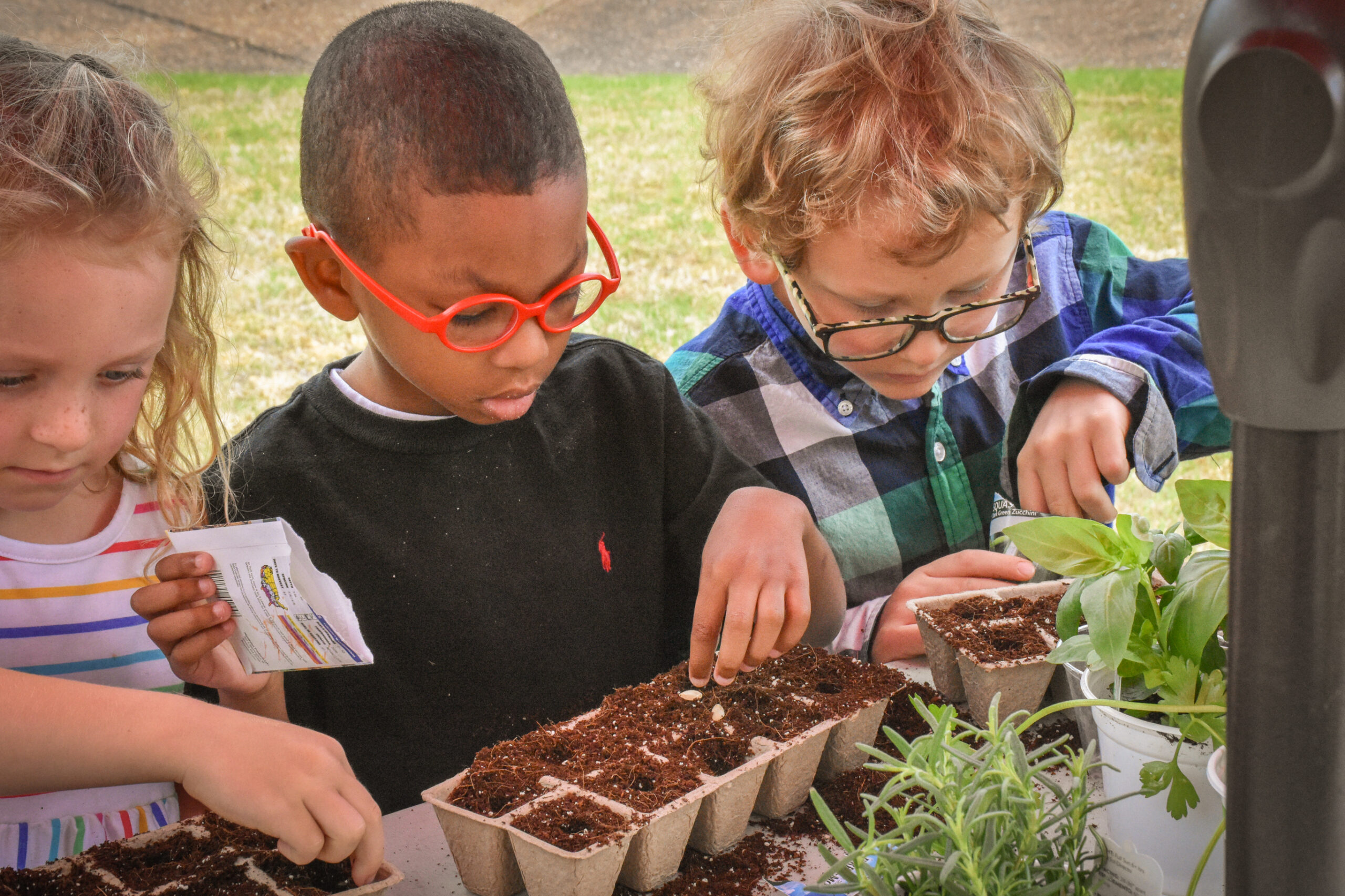
Children’s senses can be stimulated through gardening. They may get a real sense of the garden by touching the soil, flowers, fruit, leaves, and seeds; seeing the variety of sizes and colors of plants; hearing the rustle of leaves and the crunch of fruit and vegetables being harvested; and smelling the freshness of the herbs and flowers. The best part is that they get to enjoy the fruits of their labor. Children can learn more about gardening and where their food comes from if they use all five senses during the activity.
Sense of Responsibility
Children can learn the value of hard work and responsibility by tending their own gardens. They will quickly realize that they should ensure the daily health of their seeds and plants. Children can learn more about their responsibilities in plant maintenance if they have a daily checklist to go through. They’ll soon grasp the relevance of environmental protection education. There will be talks about pests, chemicals, pollution, and recycling.
Motor Skills

Children’s fine motor abilities are developed and strengthened through gardening. Motor skill development from activities like planting seeds, digging, and watering plants can have a positive impact on a child’s ability to focus and study. A garden is a wonderful place for children to learn about a wide range of senses, from touch and smell to hearing and sight. Learning is boosted when people engage with the natural world around them. Digging, planting, watering, and pulling weeds are all great ways to get kids moving, especially their arms and hands. Children’s motor abilities are honed through these pursuits, and they also gain a firsthand understanding of the differences between things big and little, smooth and rough, hot and cold, dry and moist.
Encourage a Balanced Diet
There are times when it’s difficult to get children to eat their fruits and veggies. Involving them in every phase of the way increases the likelihood that kids will take satisfaction in their achievements and continue to make healthy food choices. When kids help grow food, from planting seeds to picking vegetables and fruit, they are more likely to want to try and eat it. They are eager to taste foods they have helped grow themselves. It is very important to teach kids how important it is to eat well and live a healthy life in this way.
This may inspire your children to become the next celebrity chefs, going up to par with the likes of Gordon Ramsey and Jamie Oliver who both value home-grown fruits and veggies. Read more about the Best Celebrity Chefs and their restaurants over at Slingo.com
Get them interested in STEM
Through the different parts of gardening, kids can learn the basics of things like science and math. Mathematical ideas that can be applied to gardening include seed counting, soil depth measurement, and leaf/petal counting. The process of sprouting can be used to teach about photosynthesis and the need for water and sunlight for plant growth. Gardening not only produces beautiful results, but it also teaches children patience. The time spent waiting will make the opening of a flower or the harvesting of a vegetable even more exciting.
Through their play, kids learn about the world around them
They will watch their plants grow and bloom and their fruit develop and ripen with boundless wonder from the minute they plant the first seed. The abundance of their inquiries will serve to teach them about ecological principles. Children will get an appreciation for the web of interdependence in nature as they study the value of insects. and worms. Games involving kids, counting flower petals, and comparing plant development are all enjoyable activities.
A lot of educational institutions have adopted this learn-and-play curriculum. Like Montessori schools and Waldorf Schools. Where gardening is a vital skill they teach children of all ages because of the emotional and physical benefits it provides.
It’s fantastic for young children and families
One family custom that might bring everyone together yearly is working in the garden. It’s becoming increasingly unusual for families to spend quality time together these days, but parents and kids may look forward to a shared experience in the kitchen while they prepare a meal. The benefits of gardening have been found to have a positive impact on the mental health of adults and children alike, as well as on their physical well-being and overall quality of life.
It improves communication and interaction skills
When done in groups, gardening may be a great way to meet new people, and this is especially true in educational settings. By working together, children may learn the value of teamwork while also having fun talking about the various flower varieties they’ve grown and the steps they took to germinate their seeds. Children will be more socially active and engaged if they have something to do with the anticipation of seeing whose blossom emerges first from the soil. Child friendships can blossom and flourish as they work together to care for the flowers in a garden.
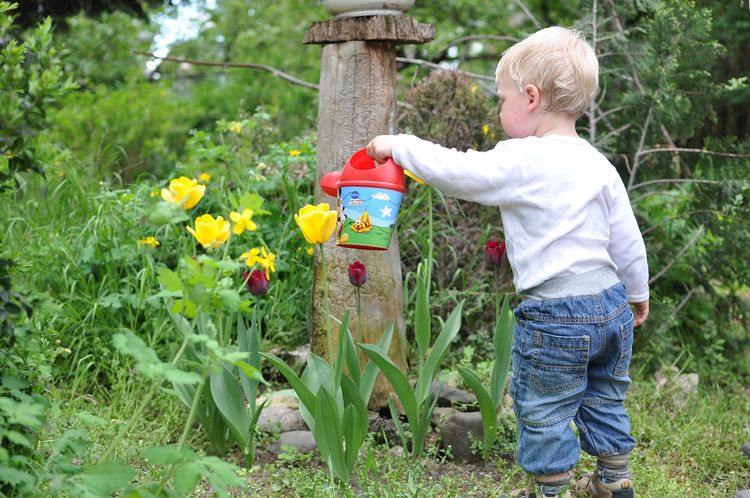
Children can learn about plant care and cultivation with the help of a mini garden. It can be used with the School Planter, which is perfect for nurturing young plants after transferring them from their pots.
The wooden outdoor sandbox doubles as a pot for plants. The four compartments are great for cultivating a wide variety of seeds at once. It’s great for classrooms, preschools, and nurseries since each group of kids may have their own space to work on a project together. This sand pit is built to last with a high-quality frame that is both sturdy and spacious enough for outdoor group play.


